Mississippi Gulf Islands National Seashore: Exploring West Ship Island's Fort Massachusetts6/28/2019
Fort Massachusetts is located on West Ship Island, 12 miles off the Mississippi Gulf Coast; it is part of the Gulf Islands National Seashore. Once known only as Ship Island, Hurricane Camille in 1969 cut the island in half creating East and West Ship Islands. The US Army Corps of Engineers began reconnecting the islands in 2018, so one day it will be one island again.
The barrier islands of the Gulf Islands National Seashore create a buffer between the mainland and the Gulf of Mexico. It is a critical habitat for shorebirds and sea turtles making West Ship Island an excellent location for birding and nature photography. The water around the island is typically crystal clear with visibility as much as 12 to 14 feet deep so the island is also a great destination for swimming and fishing. With something for everyone, it makes for a fun family day trip while also sneaking in a little history at the old fort.
I visited in late Spring, it had been raining heavily in the weeks preceding my trip, water visibility was terrible and the birds were nesting in the sand dunes. Luckily, my destination was the fort.
Ship Island separates the Mississippi Sound from the Gulf of Mexico. The Sound between the island and Mississippi coastline is relatively shallow, only averaging 12 – 15 feet deep. One of the few natural deep-water harbors on the Gulf Coast lies along the North Shore of the island. This harbor is a channel that parallels the shore for several miles and reaches depths of more than 20 feet. On the West end of the island is, Ship Island Pass, this deep water pass is an important route for boats traveling between the Gulf and the Sound. Early French explorers named the island, Ship Island because it provided the deep water anchorage they needed for their ships.
This island is where British forces staged their unsuccessful attempt to take New Orleans during the War of 1812. They had a fleet of 60 British Ships anchored here with 10,000 troops. Because of this, after the War of 1812, the US War Department recognized the importance of the island as a defensive location. It was decided that fortifications were needed here to deny the enemy the use of Ship Island while also protecting New Orleans and the Gulf Coast. Delayed by hurricanes and lack of funds, things moved slow. The United States finally declared it a military reservation in 1847 and began planning for the construction of the fort. A site was selected on the north shore only 500 feet from the western tip of the island, today with the ever-shifting sand it is now about one mile from the tip. Before the fort could be started, it was necessary to build temporary quarters, a storehouse, wharf and a plank road to the building site. The building of the fort began in 1859 with workers digging deep into the sand to put in a concrete foundation. Masons finally started laying the brick wall and arched casements. By early 1861, the exterior wall of the fort stood about 6 to 8 feet above the sand. The Civil War Begins
In January of 1861, Mississippi was the second state to secede from the Union. One of the first acts of war in the state took place when the Mississippi militia took possession of the unfinished fort and Ship Island. The US Army Corps of Engineers suspended construction and evacuated the island. When the Civil War officially started in April, the increased Union patrol of the waterways alarmed the Confederates who returned to the island in June to mount several cannons at the fort.
On July 9, the Union’s USS Massachusetts came within firing range, and a 20-minute exchange of cannon fire ensued. There was not much damage done to the fort; there were no casualties and no clear victor. This skirmish was the only military action in which Ship Island and the fort were ever directly involved. The Confederates abandoned the fort again in mid-September, and the Union quickly took possession. 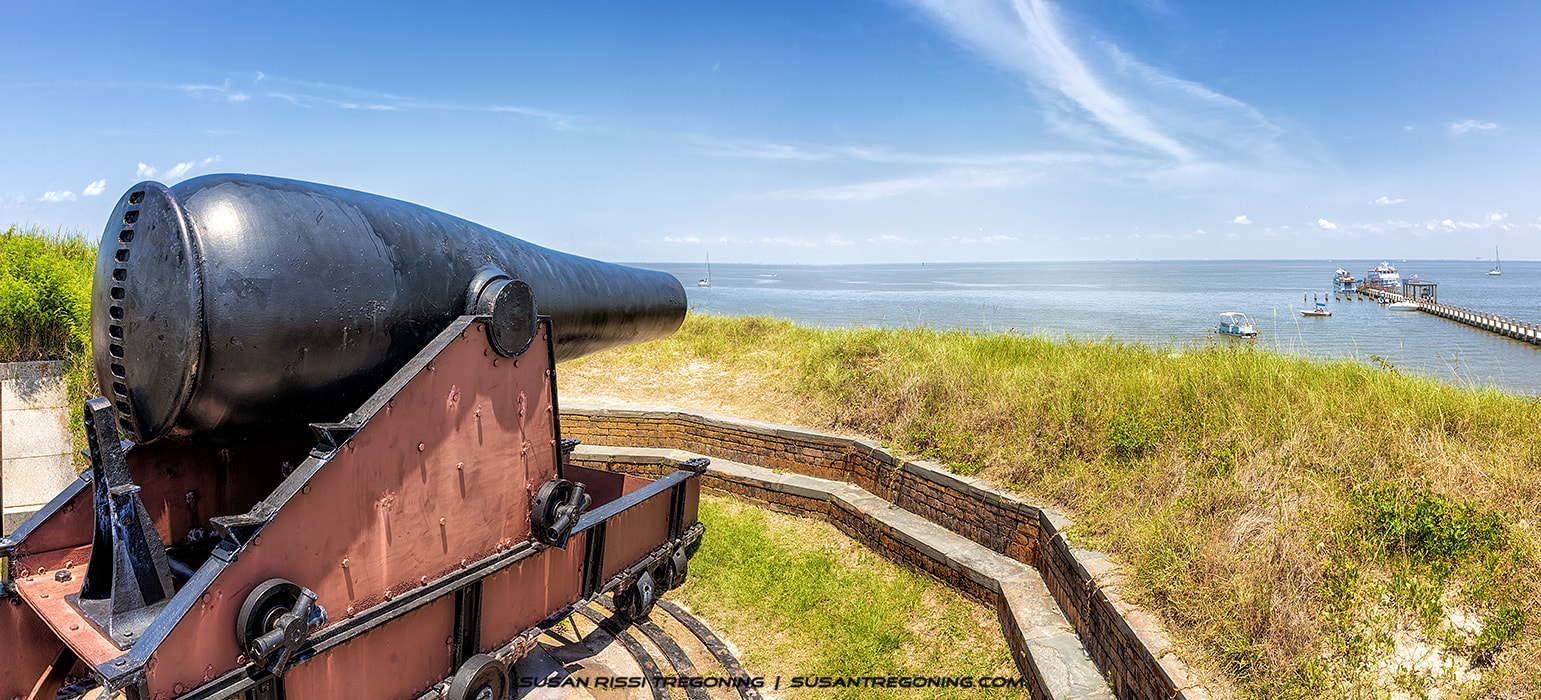
The only cannon that still remains at the fort, it points toward the Mississippi Sound and Gulf Coast. This is a 15 inch Rodman. The largest smoothbore cannon ever manufactured, there were two of these atop Fort Massachusetts. Just the barrel alone weighs 50,000 pounds, it sits on a circular track so the cannon can be rotated. The cannon fired a 15 inch diameter explosive shell weighing about 300 pounds or a solid shot that weighed over 400 pounds approximately 3 miles. The cannon was never used in combat.
By the spring of 1862, Ship Island had as many as 20,000 troops stationed there. It was like a small city, with nearly 40 buildings constructed; including a hospital, barracks, mess hall, and a bakery. Soldiers and sailors were busy unloading supply ships, cleaning stables, guarding prisoners, cooking meals, tending to the sick, and doing all the other things that were part of everyday military life. For the remainder of the war, the Union used the island as a place to put in for ship repairs and to pick up supplies. They found the island to be the perfect location for staging raids on Louisiana, Mississippi, Alabama and the Florida panhandle, and successfully captured New Orleans this way.
The environment was harsh; more than 230 soldiers died, and there was little that could be done but to bury them there. Later on, the Union relocated their soldier's remains to Chalmette National Cemetery near New Orleans, but there are 153 identified Confederates still interred on the island. The US Army Corps of Engineers resumed construction on the fort. Before the Civil War started, bricks came from nearby Louisiana. The year the Confederacy had possession, no work was done. After the Union retook possession and during the war, bricks were shipped down the East Coast from New England, and around the tip of Florida. After the war ended in 1865, bricks were once again obtained from Louisiana. This is the reason for the apparent differences in color and why different types of bricks are seen on the fort walls. The fort was finally completed in the fall of 1866. Although the fort was never officially named, people started referring to it as Fort Massachusetts, most likely in honor of the USS Massachusetts incident. Most official documents refer to the fort only as “Fort on Ship Island.” 
Never used, this Hot Shot Furnace was built to heat cannonballs to fire at wooden ships and set them ablaze. It was large enough to hold up to 60 cannonballs on the racks; luckily, it was never needed, ordered as a kit it was not the right size. Then, with the invention of the Civil War’s ironclad ship, it was rendered obsolete.
African American Soldiers Stationed at the Fort
Five months into the Union’s occupation of New Orleans, the army enlisted the Confederate Louisiana Native Guard. Organized into three regiments, these were free black and enslaved men who fled slavery in order to fight with the Union. Entering service in September 1862, they became the first black men to join the military officially. The Guard faced many hardships, being paid less, subjected to racial slurs and white officers refusing to drill alongside the black troops. At the time, many white soldiers did not believe black men could learn to be soldiers and fight, but they fought well and eventually gained the respect of their superior officers.
Very shortly after the Emancipation Proclamation took effect in January of 1863, the 2nd Louisiana Native Guard was sent to Ship Island where they drilled, erected batteries, guarded military convicts and Confederate prisoners of war. They were stationed on the island for almost three years. In April of 1863, 180 of the Ship Island Native Guard were sent to Pascagoula, Mississippi to take part in a Union raid. It was one of the first fights where black soldiers directly fought with the Confederate forces. During a lull in the fighting, some of the Guard entered a hotel and raised the United States flag. Although this raid had very little military importance, their actions demonstrated their hopes for a free and equal life; and is historically significant as the first instance of civil rights history. At the end of the Civil War, several of the black units remained on Ship Island. They assimilated in 1869 into the 25th infantry regiment of the United States Colored Troops and finally left the island in 1870. These men were sent West and became the Buffalo Soldiers. A Notorious Civil War Prisoner
Before the Civil War, Eugenia Levy Phillips had been suspected of being a Confederate spy while she was living in Washington with her Alabama Congressman husband. Although federal troops raided her home, they were not able to find any evidence. Her husband resigned from office, moving the family to New Orleans.
After the Union took New Orleans, General Benjamin Butler, one of the most disliked generals of the Civil War by both the North and the South, was appointed as the military governor of the city. One of his controversial orders during this time was, Order 28. It stated any lady in New Orleans who showed contempt for Union soldiers would be treated as though they were prostitutes. Shortly after that, Butler accused Mrs. Phillips of mocking a Union funeral procession because she smiled when it passed her home. She was sentenced to two-years close confinement and sent to Ship Island. Mrs. Phillips and her maid were initially confined to an abandoned railroad boxcar on the island. Although Mrs. Phillips had told her husband not to intervene on her behalf, he secured her release after ten weeks. As a condition of the release, she had to take an oath not to aid the enemies of the United States any further. Getting to West Ship Island
There are only two ways to get to West Ship Island, by personal boat or on the Ship Island Ferry.
The ferry leaves out of two locations, Gulfport and Biloxi. While they do sell walk up tickets, it is better to purchase in advance. During the busy season, they do sell out. Check their site for more information.
You can find more of Susan's Mississippi Travel Photography in the Mississippi Collection in her Gallery.
Susan's work is available for purchase here: The Gallery. Her images are available as wall art, fine art prints, on home decor, gift items and apparel.
2 Comments
7/4/2019 03:39:56 pm
Such fabulous pictures, Susan! It’s really nice how the structures and rooms have been kept up, they’re beautiful actually :) I’ve lived in and visited Galveston a little further west and we used to go down into those style fortifications over 50 years ago when I was in high school. I think they dated to WWII though and weren’t kept up so eventually they were sealed and covered over. Nice to see what could have been made of them, even if with lots less history, lol :)
Reply
Susan
7/13/2019 11:47:16 pm
I find it so sad that our history gets lost like that. I enjoy exploring the old WWII military installments too.
Reply
Your comment will be posted after it is approved.
Leave a Reply. |
AuthorI am the 8th photographer in 4 generations of my family. Back in 2006, my husband accepted a job traveling, and I jumped at the chance to go with him. Categories
All
Archives
June 2024
This website uses marketing and tracking technologies. Opting out of this will opt you out of all cookies, except for those needed to run the website. Note that some products may not work as well without tracking cookies. Opt Out of Cookies |
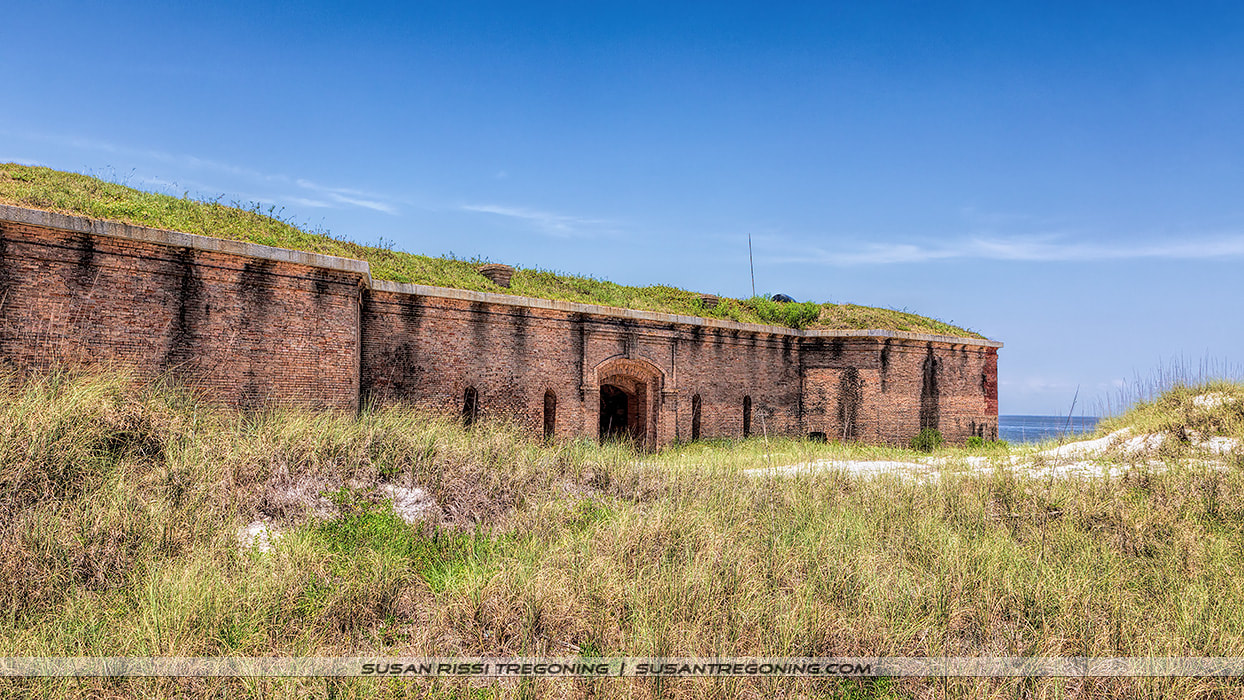
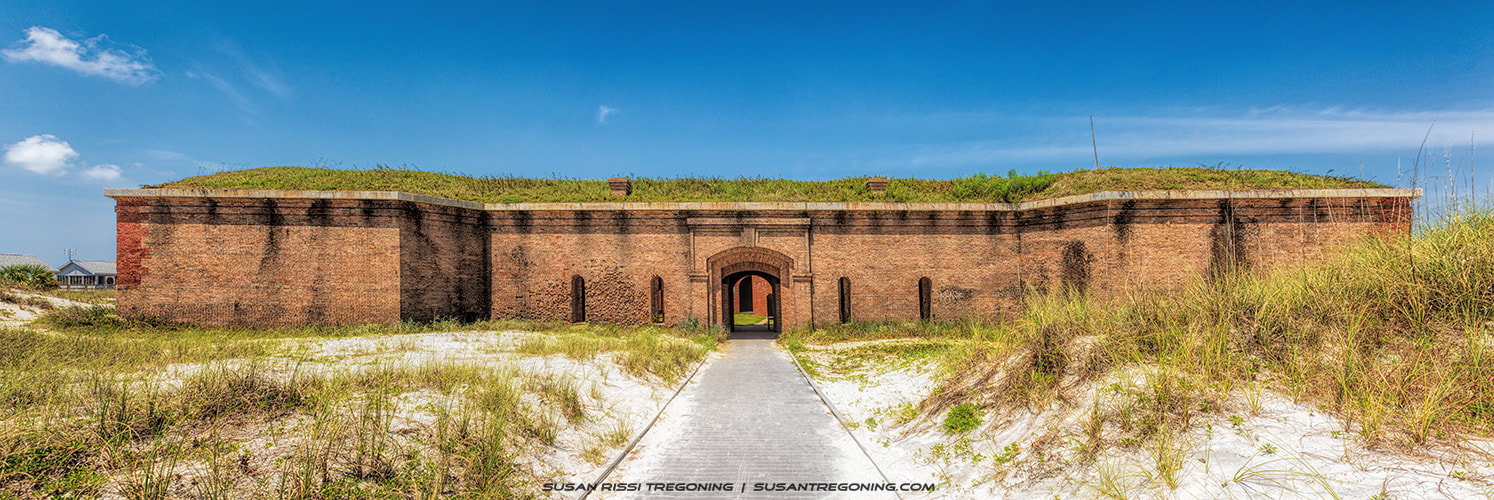

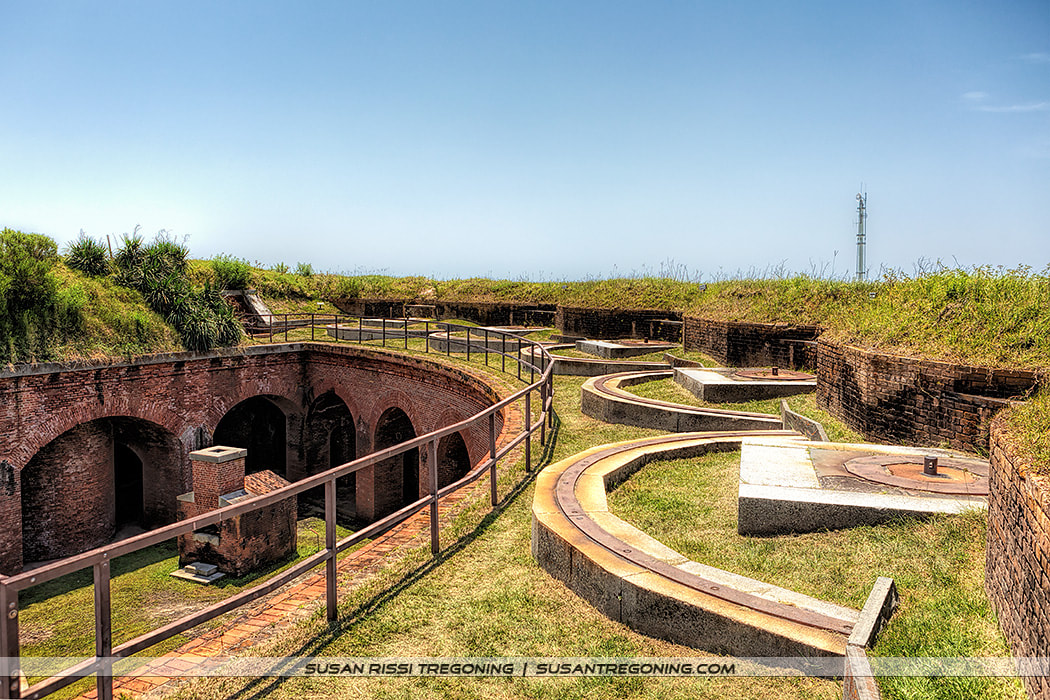






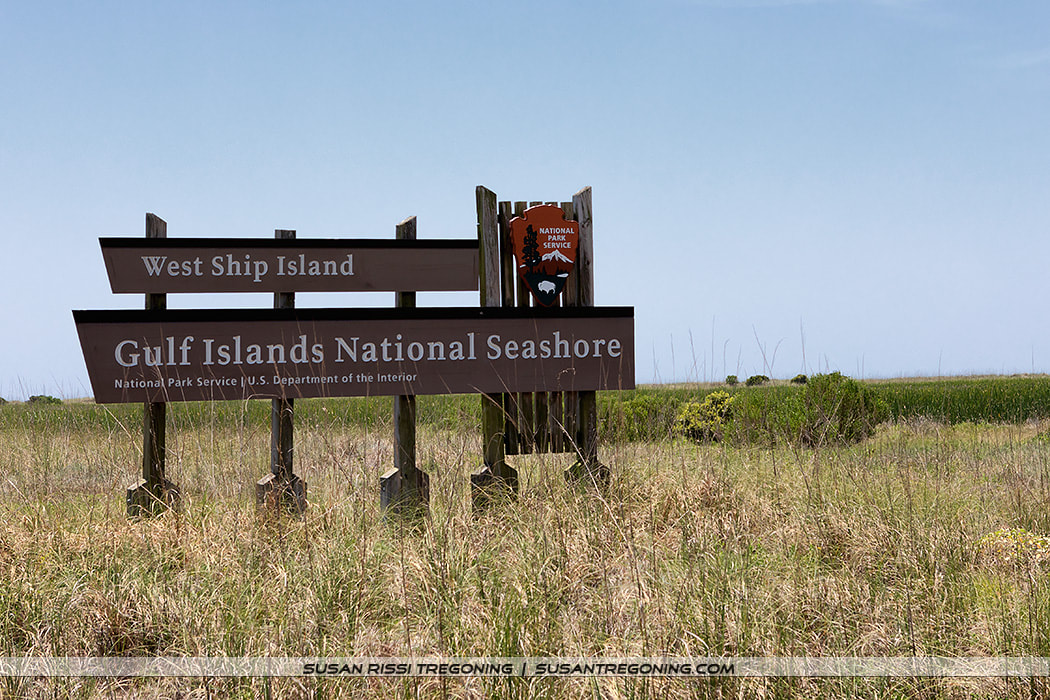



 RSS Feed
RSS Feed